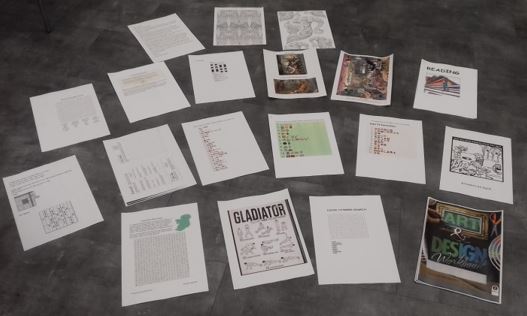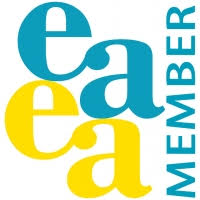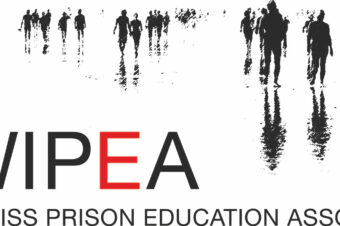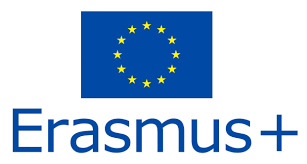By Dr Anne Costelloe,
Head Teacher and former EPEA Chairperson
Education Centre
Mountjoy Prison
Dublin, Ireland
When Mountjoy Prison went into lockdown on the 13th March, the Education Centre faced all the difficulties experienced by other City of Dublin Education and Training Board (CDETB) Centres as well as a number of additional challenges unique to the prison context. The lack of internet access, mobile phones and tablets coupled with the diversity of the student body, particularly in terms of their levels of ability, learning styles and interests were significant challenges to overcome. However, given the fact that the biggest impact of the COVID 19 restrictions for prisoners was the lack of family visits as well as significantly reduced out of cell time, our initial response was focused on communication and reassurance as we attempted to stave off our students’ fear, anxiety and boredom. Within days of being locked out we wrote to all students and sent them the first of a number of activity packs developed by the teachers. This 30 page pack included cell workouts and yoga exercises; mindfulness and resilience strategies, art and craft activities as well as more general diversion activities such as word searches, crosswords, Sudoku, quizzes, and so on. We continued to send in a new pack every week until the Prison Service took over the printing and distribution of similar packs for all prisons at the end of April.
The efforts of the Red Cross teacher and Red Cross volunteers were integral to our ongoing attempts to meet our students’ educational needs. Not only were they a vital component in peer to peer education on infection control within the prison but they were the conduit through which we distributed and collected educational materials and supplies for all 500 prisoners in Mountjoy.
In order to tailor our response to their individual needs, every prisoner received ‘a request form’ every few weeks on which he could list the educational materials, resources and supplies he needed. By the end of August 1500 specific requests had been received and over 2,500 individual items had been sourced by the teachers and distributed by the Red Cross Volunteers. The majority of requests were for art and craft supplies. However, a large number of students requested QQI coursework to work on in their cells. At the end of September, over 80 students received 209 individual QQI certificates between them, which their teachers had helped them complete on their return to the classrooms.
In addition to QQI coursework, individual teachers continued to send and receive work to and from their students. ESOL and Leaving Cert students were targeted in particular; and all Open University students were facilitated to complete their courses. Leaving Certificate students had individual classes with their teacher in the screened professional visiting boxes in order for them to sit the exam in November. Weekly creative writing and art competitions were organised. Importantly, teachers developed specific booklets and activities to help prisoners cope with the unprecedented circumstances, for example, designing ‘memory books’ for fathers to fill in and share with their children in the absence of family visits.
Educational content was supplied and uploaded onto Mountjoy’s internal TV channel and while this was no real substitution for the face to face delivery of education, it did provide a stopgap and augmented the materials that were being distributed. It is envisaged that this initiative will prove to be a significant element in the delivery of education going forward with educational activities and content to be streamed into all cells through a blended Learning approach.
Perhaps the most salient lesson to emerge from all of this, is not just the prompt, professional and proactive response of the teaching staff, rather it is the recognition that the delivery of education in prison is so much more than just ‘the delivery of education’. It is about engagement and connection; building positive relationships that enriches prisoners’ lives and promotes personal transformation. That is why the feedback from our learners was that they not only missed ‘education’ and their teachers but also the sense of purpose and promise of a better future that education brings.





